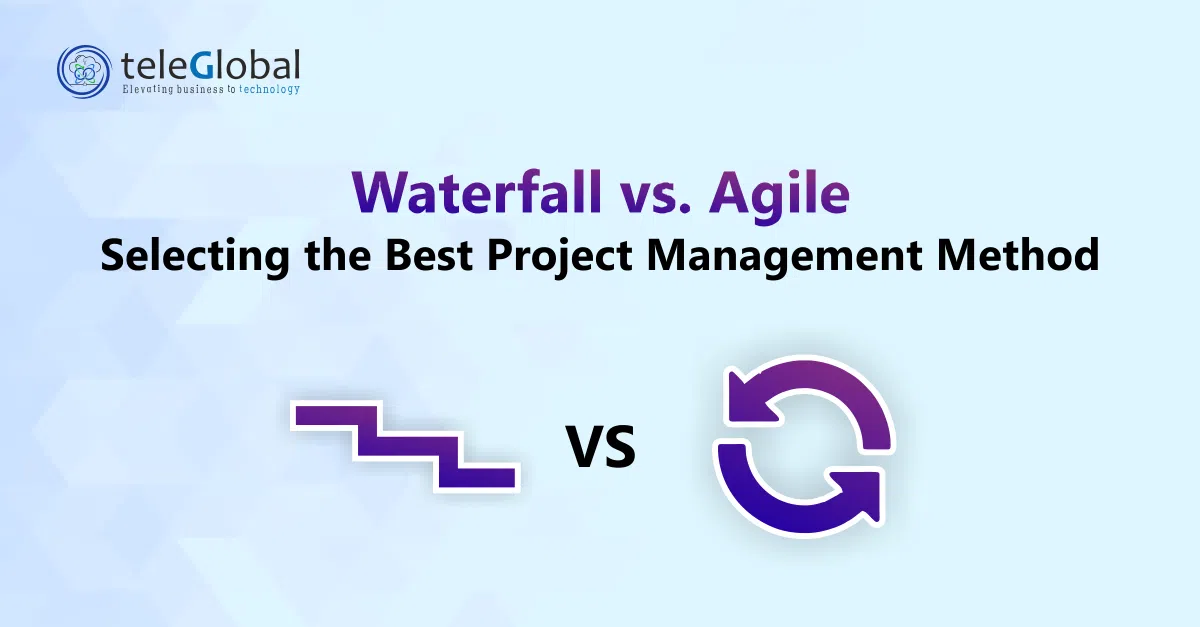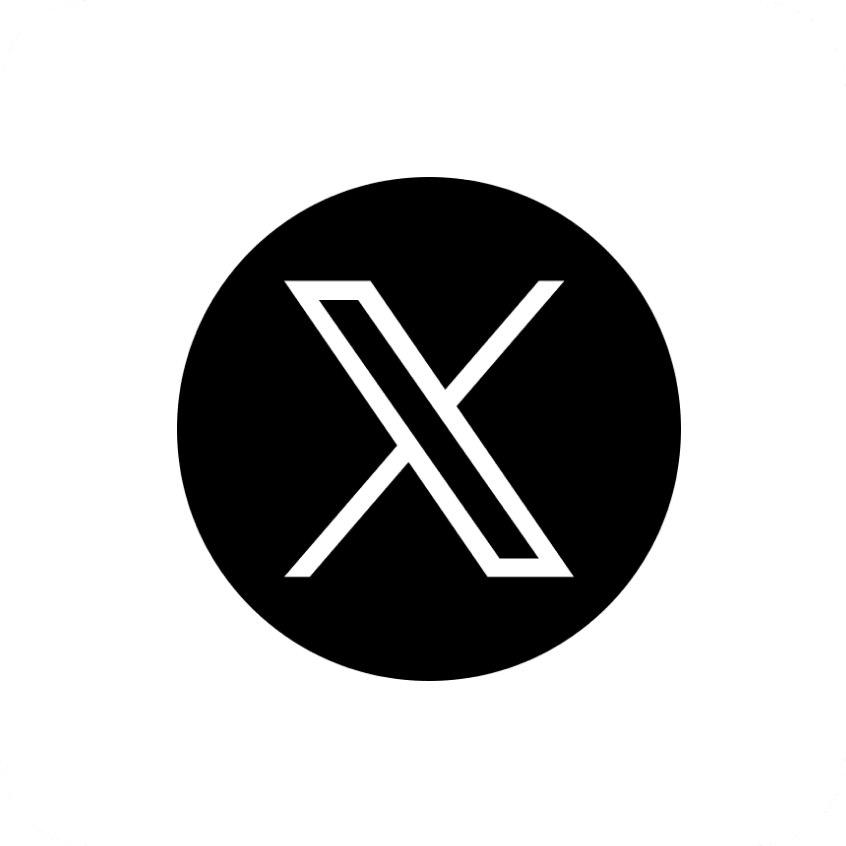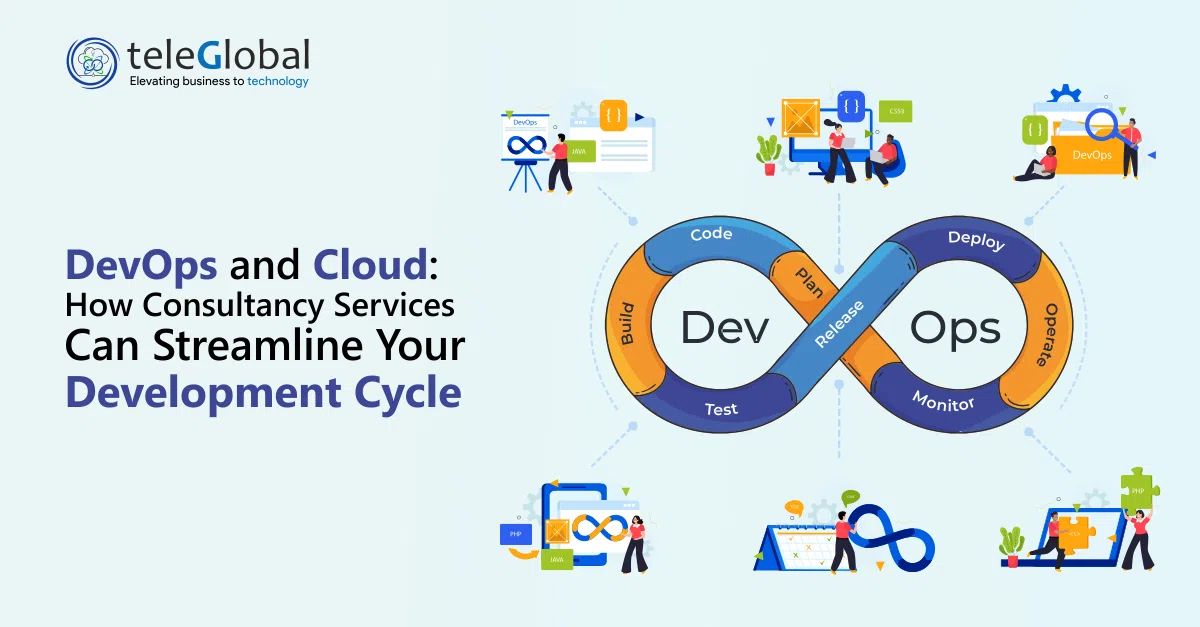
In the dynamic landscape of project management, the decision between Agile and Waterfall methodologies profoundly shapes how teams conceptualize, execute, and deliver projects. Agile, characterized by flexibility, iteration, and constant customer feedback, thrives on adaptability and collaboration within cross-functional teams. Emphasizing incremental development cycles, Agile fosters a customer-centric approach by delivering value through continuous releases.
In stark contrast, the Waterfall model follows a linear and sequential progression, dividing projects into distinct phases. Beginning with comprehensive planning, Waterfall establishes detailed requirements and milestones upfront, with minimal customer involvement until the project’s completion. The phased approach of Waterfall ensures predictability in timelines and budgeting, making it suitable for projects with stable and well-defined requirements.
A comparative analysis reveals the strengths and weaknesses of each methodology. Agile’s advantages lie in its adaptability to change, continuous customer feedback, early product deliveries, and improved team collaboration. However, challenges include a high demand for customer involvement and limited predictability in project timelines. On the other hand, Waterfall’s strengths include clear project milestones and well-defined requirements, providing predictability but with challenges in adapting to changes and obtaining late customer feedback.
Choosing the right approach involves careful consideration of project type, client involvement preferences, and organizational culture. Agile suits projects with evolving requirements and dynamic environments, while Waterfall aligns with well-defined, stable projects and structured organizational cultures. Hybrid approaches, combining Agile and Waterfall elements, offer a middle ground to tailor methodologies to specific project needs.
In conclusion, the selection between Agile and Waterfall is a nuanced decision. Success in project management hinges on aligning the chosen methodology with the project’s unique requirements and the organizational context. Whether embracing Agile’s adaptability or leveraging Waterfall’s structured predictability, the key lies in tailoring the approach to maximize its strengths within the specific dynamics of each project and organization.








































